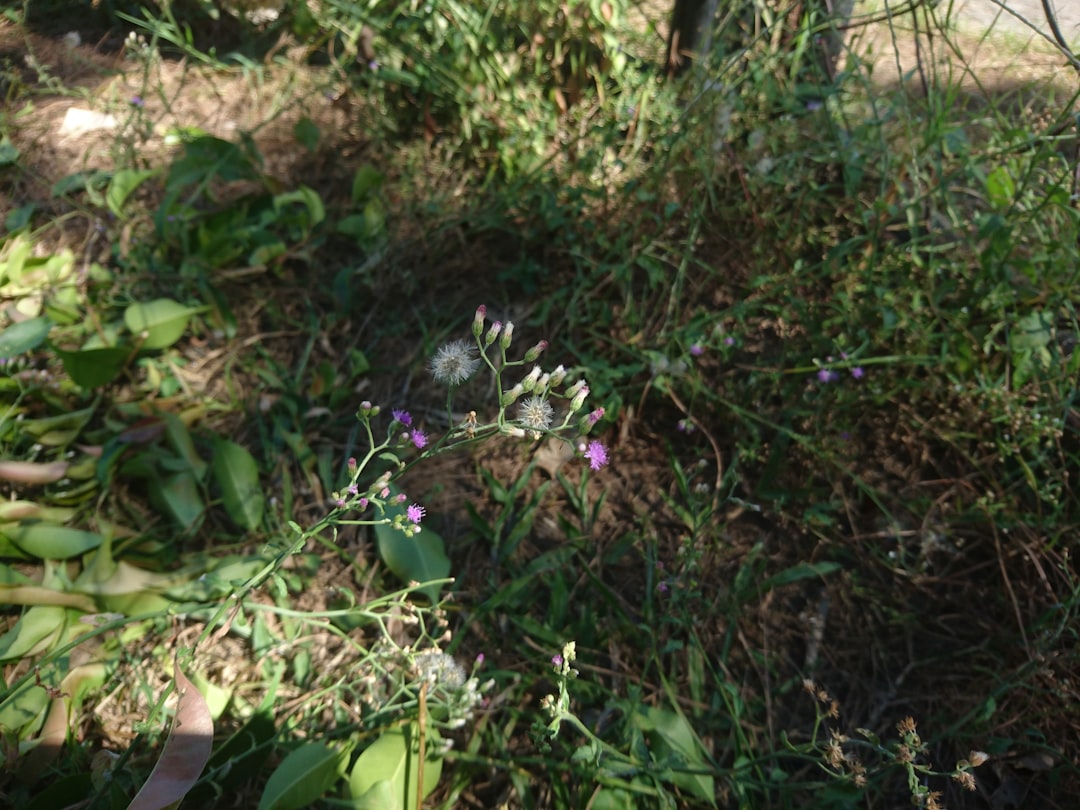The Secrets to a Thriving Lawn

Maintaining a healthy and vibrant lawn is a goal for many homeowners. However, various factors can pose challenges to the well - being of your turf. One of the most frustrating issues is the appearance of dead spots and discoloration on your lawn. These symptoms often indicate that one of the common lawn diseases might be at work.
Let's first understand some of the prevalent lawn diseases. Dollar spot is a fungal disease that typically presents as small, circular, silver - dollar - sized patches on the grass. It thrives in warm, humid conditions and can spread rapidly if not addressed. Another common culprit is brown patch, which causes large, irregularly shaped brown areas in the lawn. This disease is also favored by warm, wet weather and can quickly turn a lush green lawn into a patchy mess.
Fusarium blight is yet another disease that affects lawns. It can cause yellowing, wilting, and eventually death of the grass. This disease is often more severe in areas with poor air circulation and excessive thatch. Rust is a disease that gives the grass a rusty - orange appearance. It usually occurs when the grass is under stress, such as during periods of drought or over - fertilization.
So, how can you prevent these diseases from taking over your lawn? The first step is proper mowing. Set your mower blade at the correct height for your grass type. For most cool - season grasses, a height of 2.5 to 3.5 inches is ideal, while warm - season grasses can be kept slightly shorter, around 1.5 to 2.5 inches. Mowing too short can stress the grass and make it more susceptible to diseases. Also, make sure to keep your mower blade sharp. A dull blade can tear the grass, creating entry points for pathogens.
Watering is another crucial aspect of lawn care. Water deeply and infrequently rather than shallowly and often. This encourages the grass roots to grow deeper, making the lawn more drought - tolerant and less prone to diseases. Watering in the early morning is best, as it allows the grass to dry before nightfall. Wet grass at night provides a perfect environment for fungal diseases to develop.
Fertilization is also key to a healthy lawn. Use a balanced fertilizer that contains the right amounts of nitrogen, phosphorus, and potassium. However, avoid over - fertilizing, as this can lead to excessive growth and make the grass more vulnerable to diseases. It's a good idea to have your soil tested to determine its nutrient content and then fertilize accordingly.
Aerating your lawn can also improve its health. Over time, the soil can become compacted, which restricts air, water, and nutrient movement to the grass roots. Aerating involves creating small holes in the soil to allow for better penetration. You can use a manual or mechanical aerator, depending on the size of your lawn.
Removing thatch is another important step. Thatch is a layer of dead grass, roots, and other organic matter that accumulates between the soil and the living grass. A thick layer of thatch can prevent water, air, and nutrients from reaching the roots and can also harbor pests and diseases. You can use a dethatching rake or a power dethatcher to remove excessive thatch.
If you do notice signs of a lawn disease, it's important to take action quickly. Identify the disease accurately, as different diseases require different treatment methods. You can consult a local extension service or a professional lawn care expert for advice. In some cases, applying a fungicide may be necessary. However, always follow the instructions on the product label carefully.
By following these tips and strategies, you can keep your lawn healthy and free from common diseases. A well - cared - for lawn not only enhances the beauty of your home but also provides a comfortable outdoor space for you and your family to enjoy. So, roll up your sleeves and start implementing these lawn care practices today!